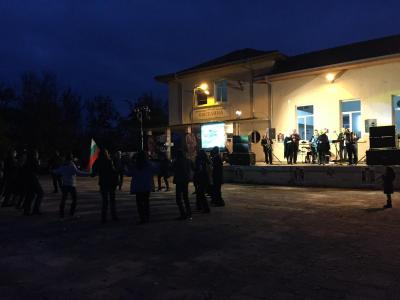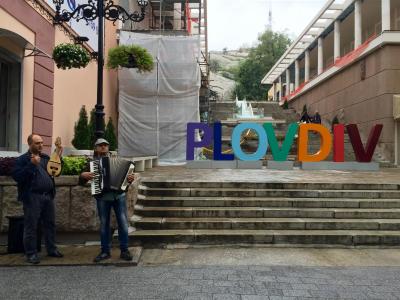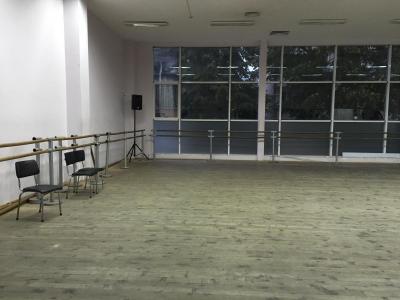Kaval Basics
After two months in Bulgaria, it’s about time I post a bit about the thing that brought me here: kaval. The kaval is a traditional Bulgarian flute that is somewhat similar to the Turkish ney, which makes me think it may have its roots in the Ottoman empire. (Don’t trust me on that, though, since I haven’t yet verified this hunch.) It is one of the most popular folk wind instruments in Bulgaria, the other being a bagpipe called a “gaida,” and it can be found both in folk orchestras and wedding bands. For some reason kaval isn’t particularly popular with the street musicians in Plovdiv, but I have no explanation for that…







